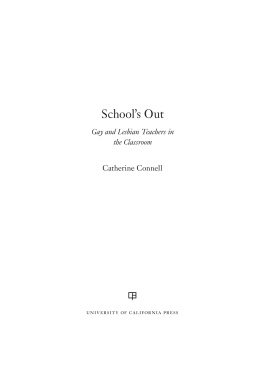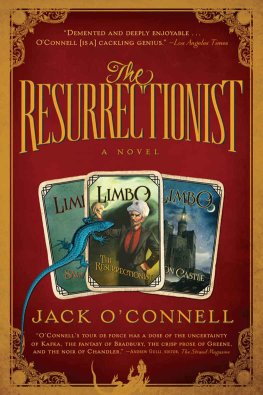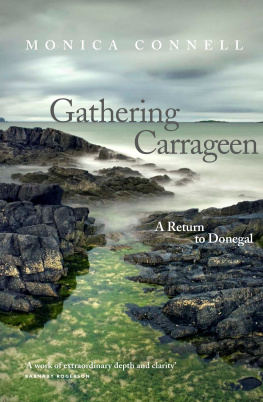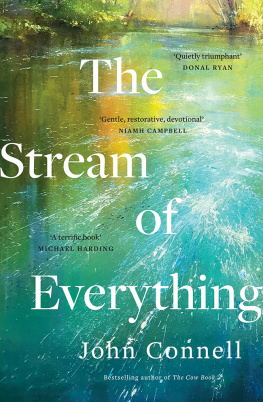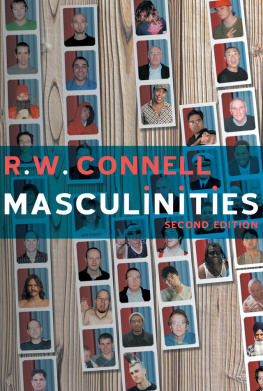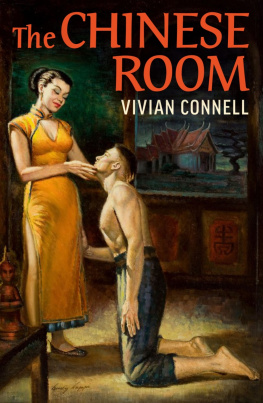About the Book
Never has master storyteller Evan Connell been more enthralling than in these incandescent pages tales of real-life adventure ranging from the archaeology of Olduvai gorge to the exploration of the Antarctic; from Viking voyages to an Ice Age xylophone. Never has reality so far surpassed mere fiction or fantasy than in this magnificent volume.
About the Author
Evan S. Connell, long recognised as one of the most important American literary voices, is the author of seventeen books, including the bestselling Son of the Morning Star, his account of Custers final battle at the Little Big Horn, Deus lo Volt! and El Dorado & Other Pursuits (all available in Pimlico), and Mrs. Bridge, Mr. Bridge. He lives in Santa Fe, New Mexico.
THE WHITE LANTERN & OTHER PURSUITS
EVAN S. CONNELL

This ebook is copyright material and must not be copied, reproduced, transferred, distributed, leased, licensed or publicly performed or used in any way except as specifically permitted in writing by the publishers, as allowed under the terms and conditions under which it was purchased or as strictly permitted by applicable copyright law. Any unauthorized distribution or use of this text may be a direct infringement of the authors and publishers rights and those responsible may be liable in law accordingly.
Version 1.0
Epub ISBN 9781473511828
www.randomhouse.co.uk
Published by Pimlico 2002
2 4 6 8 1 0 9 7 5 3 1
Copyright 1980 by Evan S. Connell. Originally published under the title The White Lantern, by Holt, Rinehart and Winston
Portions of this book first appeared in The North American Review and The Carlton Miscellany, to whom acknowledgement is made.
Passages from The Etruscans, by Massimo Pallottino, translation copyright 1955, 1975 by Penguin Books, are reprinted by permission of Indiana University Press
First published in the United States of America by Holt, Rinehart and Winston 1980
First published in Great Britain by Pimlico 2002
Pimlico
Random House, 20 Vauxhall Bridge Road,
London SW1V 2SA
Pimlico is part of the Penguin Random House group of companies whose addresses can be found at global.penguinrandomhouse.com
The Random House Group Limited Reg. No. 954009
www.randomhouse.co.uk
A CIP catalogue record for this book is available from the British Library
ISBN 9781845951825
To William Abrahams
Que sais-je?
Montaigne
Contents
Olduvai & All That
JAMES USSHER, BORN in 1581, attended Trinity College, Dublin, where he was ordained at the age of twenty. Four years later he became chancellor of Saint Patricks Cathedral. Ten years after that he drafted the articles of doctrine and discipline for the Irish Protestant Church. At forty he was appointed bishop of Meath. Soon he became archbishop of Armagh. He visited England frequently and after his death he was buried, by Cromwells order, in Westminster Abbey. Widely honored and respected, not merely because of his ecclesiastic eminence but for prodigious scholarship, he was the first to distinguish between the genuine and spurious epistles of Saint Ignatius of Antioch. He wrote as fluently in Latin as in English, and among his most celebrated works is Annales Veteris et Novi Tentamenti, a tremendous article of faith which proves that God created the universe in 4004 B.C.
Considering Archbishop Usshers erudition and prestige, nobody should have challenged his date for the Creation, but the devils disciples seldom rest. So we come upon Isaac de La Peyrre who, after examining some oddly chipped stones gathered from the French countryside, wrote a little book in which he asserted that these stones had been chipped by human beings who lived before the time of Adam. The year A.D. 1655 was not a good year to make such observations: M. de La Peyrres blasphemous monograph was publicly incinerated.
You might think this warning would be sufficient, enabling Christians to sleep comfortably through another millennium; but the Western world had begun to awaken and strict guardians of the status quo could not prevent impertinent questions from blossoming like daffodils in spring.
The Ark, for instance. How big was it? How many animals shuffled up the gangplank?
This problem, although not new, had been complicated by the voyages of Columbus and other explorers who reported seeing strange birds and beasts. In 1559 a monk named Johann Buteo had tried to clear up the matter with a learned disquisition titled Noahs Ark, its Form and its Capacity. Alas, Brother Buteos statement did not assuage certain doubts.
Theologians then explained that these previously unknown creatures came into existence after the Flood just as domestic animals crossbreed and evolve, just as the mating of a cat with a wolf produces a lynx, or a camel with a leopard produces a giraffe.
Sir Walter Raleigh had something to say, as usual. New species might emerge not only through crossbreeding but also because of different surroundings. The European wild cat, when its home is India, grows up to become the panther. The European blackbird changes color and size in Virginia.
Nevertheless, despite every explanation, new and more odious questions bloomed, nourished by such infernal advocates as a French diplomat named Benot de Maillet who wrote that germs of the first living organisms could have arrived from outer spacean idea considered preposterous until quite recently. These germs inevitably dropped into the ocean because a long time ago there was no land, and here they commenced to evolve. Hence it must follow that Mans ancestors were aquatic: maritime people who spend part of their life under water and who often have fins instead of feet, scales instead of bare skin. About ninety such creatures had been sighted, we are told, and several females were delivered to the king of Portugal who, wanting to preserve these curious beings, graciously allowed them to spend three hours a day in the seasecured by a long line. And it is said that they submerged at once and never came up for air. The king kept these maritime women for several years, hoping to communicate with them, but they never learnt to speak at all.
Maillet also reflected upon the metamorphosis of fish into birds:
There can be no doubt that fish, in the course of hunting or being hunted, were thrown up on the shore. There they could find food, but were unable to return to the water. Subsequently their fins were enlarged by the action of the water, the radial structures supporting the fins turned to quills, the dried scales became feathers, the skin assumed a coating of down, the belly-fins changed into feet, the entire body was reshaped, the neck and beak became prolonged, and at last the fish was transformed into a bird. Yet the new configuration corresponded in a general way to the old. The latter will always remain readily recognizable.
However bold he may have been imaginatively, Benot de Maillet in person was altogether discreet. Rather than identify himself as the author of these intellectual flights, he contrived the anagram Telliamed, and further protected himself by attributing his theory to an Indian philosopher who had revealed it to a French missionary. I confess to you, says the missionary to the philosopher, prudently separating himself from the Indians outrageous ideas, that notwithstanding the small Foundation I find in your system, I am charmed to hear you speak.





